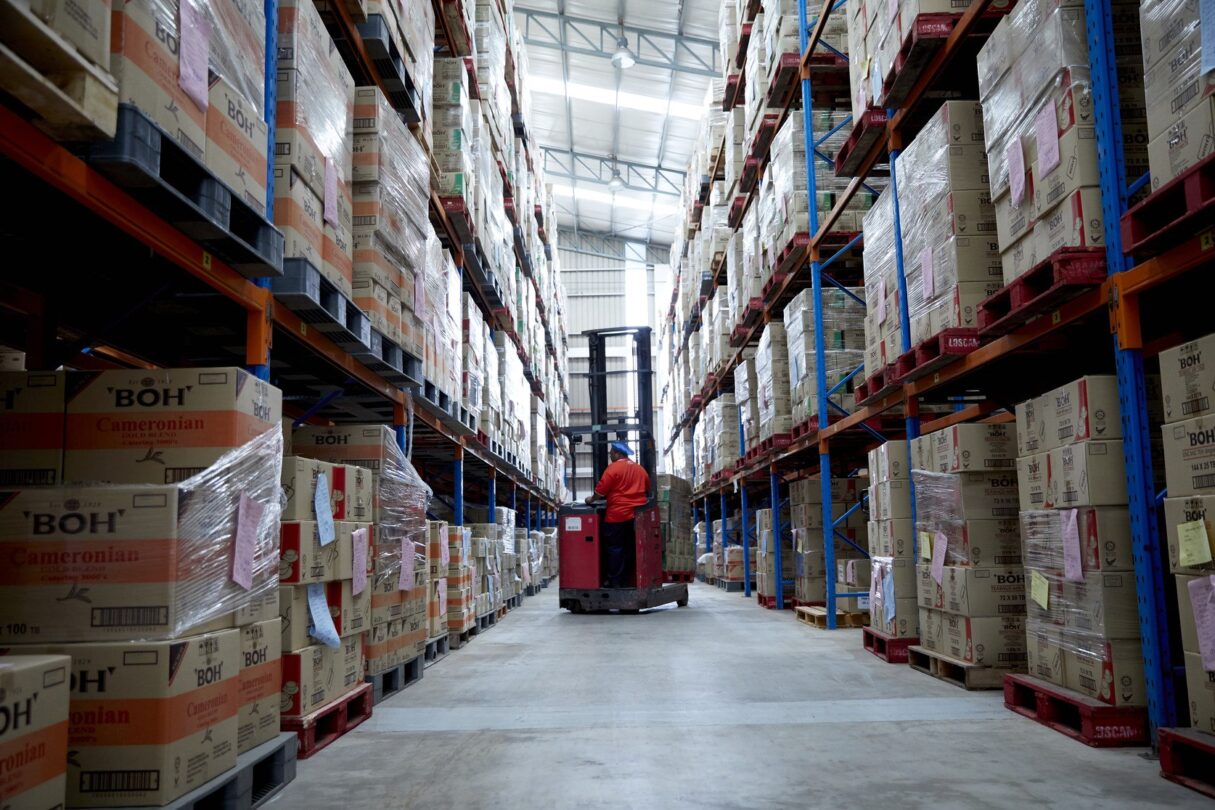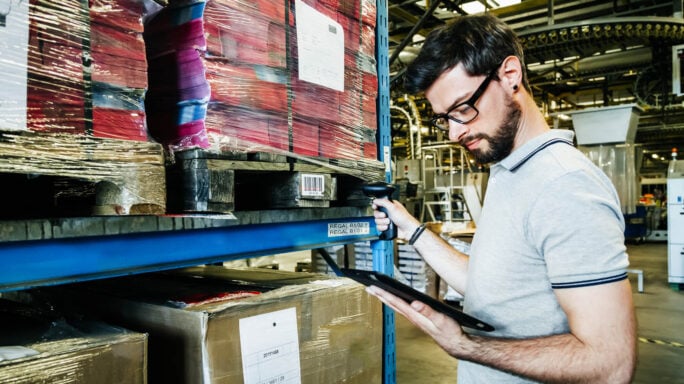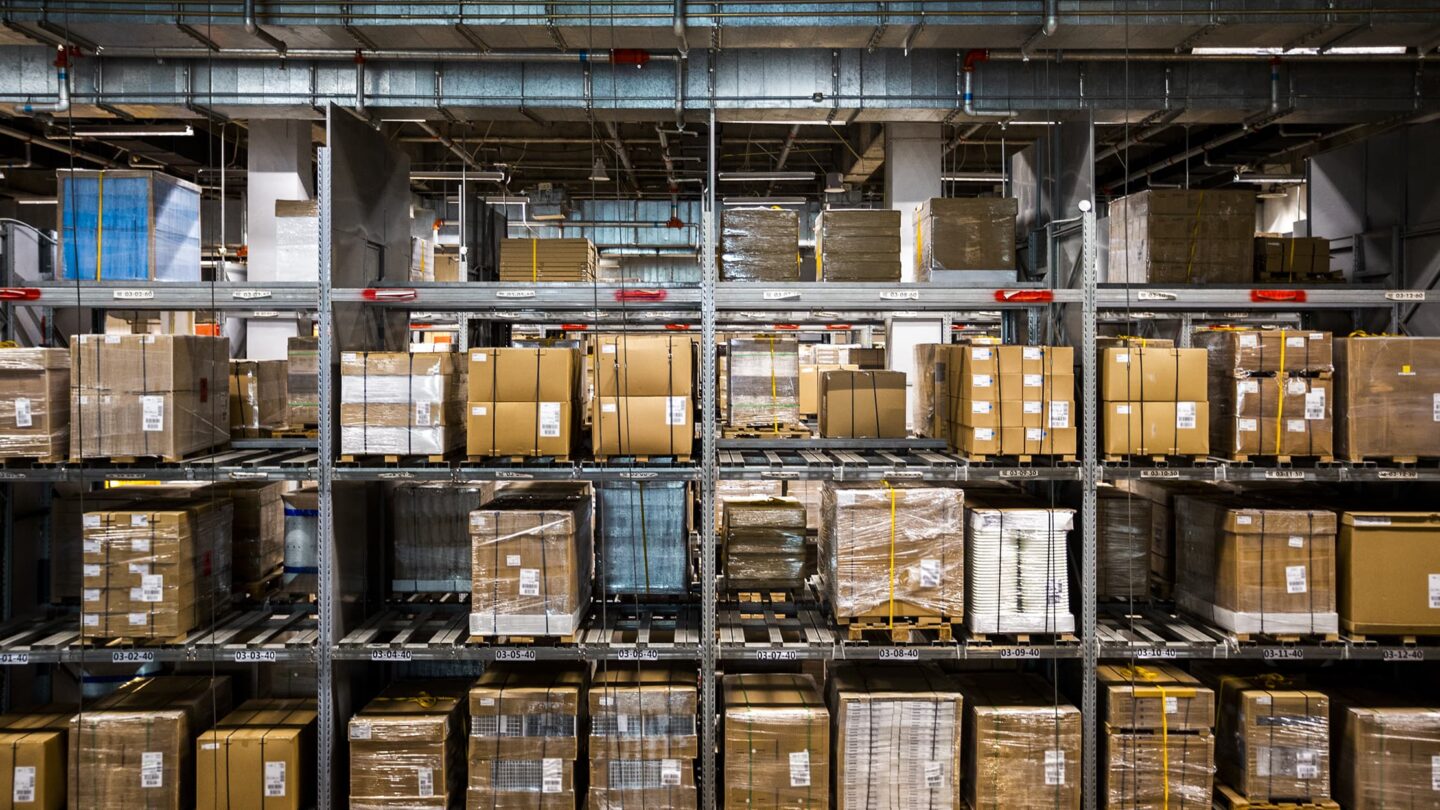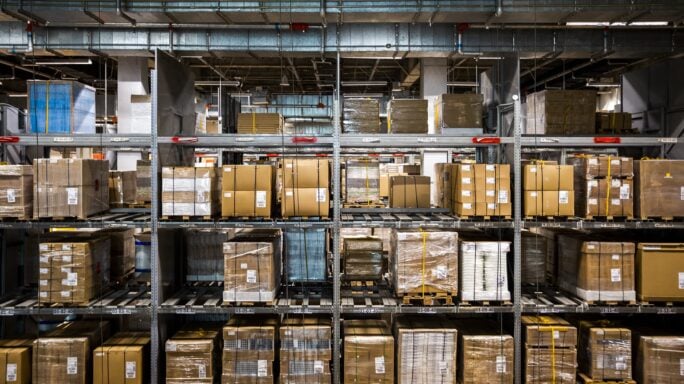Technology & Innovation
Can the circular economy ensure supply chain resilience?
Do sustainability and the circular economy fit into your business plans in a post-coronavirus world?

Globalization has been a boon to manufacturers for the last few decades. The nature of trade has meant many businesses now have long chains of globally distributed suppliers. Finished products are often an assembly of various parts, with many of the parts manufactured around the world.
It is clear that manufacturers around the world were looking at making the necessary changes to these increasingly complex and fragile supply chains in order to implement a circular economy model. According to a recent Sage/IDG whitepaper, nearly all (98%) of US and Canadian discrete manufacturers impacted by green manufacturing trends had adopted a circular economy strategy.
But then coronavirus hit, which has exposed the weaknesses of a globalized supply chain model, says Jeremy Goodwin, the CEO and founder of SyncFab. “There is a complex web in these supply chains because of a tiered structure and intermediaries between manufacturer and suppliers,” he says, “as well as layers of quality controls, and annual inspections which are industry standard.”
One example, is the reliance of importing vital medical equipment from overseas suppliers. A ventilator is comprised of around 3000 parts, many of them electronic, and in the past 10 to 20 years, China has gained a strong foothold as a competitive supplier for smaller electrical components.
However, coronavirus created a bottleneck in the availability of critical components from China that were crucial for the assembly of a complete ventilator. This meant that businesses have had to potentially redesign these pieces of equipment, as it is so difficult to source the individual components required in the original design.
Why the circular economy can make supply chains more resilient
In medical device manufacturing, circular economy principles could alleviate some of the issues inherent to supply chains. For example, developing products that are reparable and reusable could ensure that stock is available when it’s needed, as well as improving competitiveness through less reliance on raw materials from external sources.
Through remanufacturing, businesses could reduce emissions, helping them save money as well as meet environmental regulations. Also, making repurposable products could allow businesses to quickly adapt their facilities and shift production to another vertical altogether – from automotive to medical equipment, for example. The circular economy could help manufacturers become more agile and resistant to supply chain stocks.
North Carolina’s Roush Yates Engines are an example of an adaptable and agile business during the challenging coronavirus period. They successfully moved manufacturing from NASCAR motor racing to the development of ventilator components. How? State of the art technology allowed for diverse production modes to supply a different industry, creating resilience at a difficult time.
Circular economy and supply chain resilience in the food and beverage industry
Global food supply chains have also been wholly affected by the pandemic, and sadly, much of the food produced could not be delivered due to transportation restrictions. The circular economy could undoubtedly help, but it will require collaboration between food manufacturers and other players in the food value chain.
To minimize food waste, manufacturing processes can be optimized through better technology and workforce training. Food could be recycled into the production line, and new products could be created with leftover byproducts and ingredients.
Once supply chains are operating again, you could also look at putting in place regenerative approaches to food production, ensuring that they cultivate food in a way that enhances, rather than degrades the environment. Regenerative agriculture focuses on topsoil regeneration, which could include recycling farm waste, cover cropping, crop rotation, and mixed farming.
Across the supply chain, food losses seem to be inevitable as food and packaging are easily damaged as they go across land and sea. Yet much of this food is still edible, even if not necessarily suitable for sale. You might want to find alternative channels such as food donation partners and markets, to redirect this surplus food.
Roughly 50% of an animal is considered inedible by Americans. In essence, rendering is a form of recycling that has been around for a long time and can reclaim the unused meat, bone, and fat for products such as pet food and biofuels. The manufacture and trade in rendered products are already an essential component of the agricultural economy of the US.
The circular economy and the need for traceability
In both discrete and process manufacturing, it is clear that you will need effective ways to track and trace materials, components and products through your manufacturing processes.
The use of RFIDs is becoming more common, for example. These are tags with a read and write capability that can hold information about products throughout their life. RFIDs enables the real-time monitoring of data and is particularly prevalent in products that require an exact work and quality, such as the military, aviation and automotive industries.
Manufacturers could collect and add both processing and customer information. Such levels of traceability can support your circular economy as you can use the information for products’ end of life and recycling. It is essential to track what a material is made of when thinking about its reuse, as the recycler needs to be confident that it’s of a quality good enough to be reusable, rather than destined for landfill.
Of course, traceability is already widely used In the food and beverage industry, in tracking the quality and state of food that will be used for consumption, though the various stages of product, processing and distribution. Traceability technology will continue to be invaluable in getting the most value from food byproducts, turning them into anything from organic fertilizer to medicine.
Also, traceability is already playing a significant part in packaging recycling, as you can only reuse certain materials efficiently and effectively. Some companies are also exploring the use of plant-based polymers, which can reduce greenhouse gas emissions and the need for finite fossil resources.
Transparency and traceability has never been so important as you recover your business and look to invest post-coronavirus – the circular economy is the most constructive way to remodel your supply chain in this vein.







Ask the author a question or share your advice